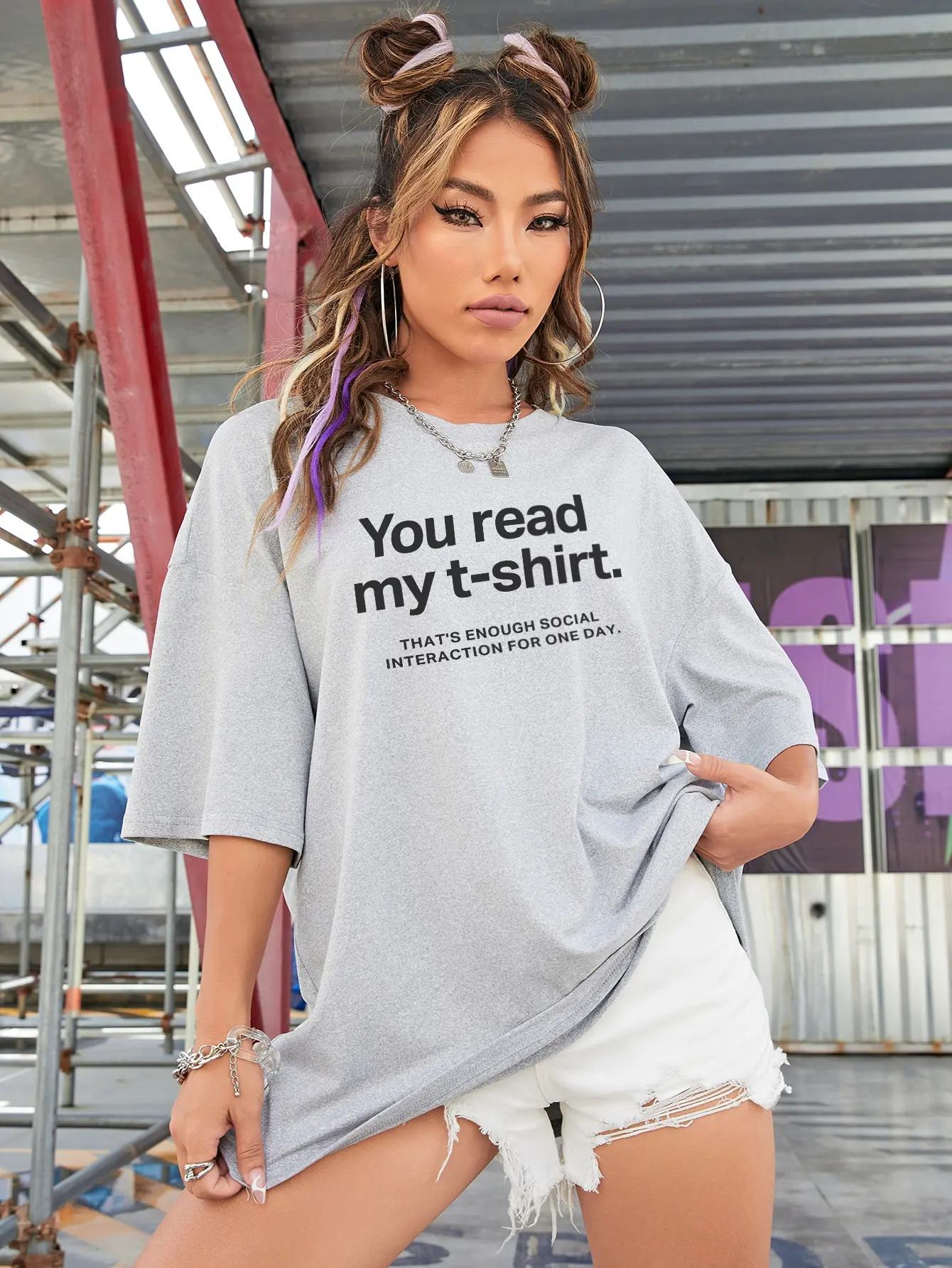
When it comes to accurately choosing a men’s shirt size for women, the process might involve some adjustments and careful measurements due to differences in fit and cut between men’s and women’s clothing.
Here are step-by-step instructions:
Take Measurements:
Chest/Bust: Measure around the fullest part of the bust, making sure the tape is level all around.
Shoulders: Measure from the tip of one shoulder across the back to the tip of the other shoulder.
Sleeve Length: Start at the base of the neck (where a dress shirt collar would sit) and measure down to the wrist.
Waist and Hip: For a more tailored fit, consider measuring your natural waist and hips as men’s shirts often have less shaping through these areas.
Compare with Men’s Sizing Charts:
Use these measurements to compare against the brand’s men’s sizing chart. Note that men’s shirts typically have larger chest sizes, straighter cuts, and longer sleeves than women’s shirts.
Consider Fit Style:
Traditional Fit: This usually has more room in the body and arms, which could be suitable if you prefer a looser or layering piece.
Slim Fit: If you want a more fitted look, consider selecting a men’s slim-fit shirt as it may provide a closer silhouette to women’s shirts.
Try It On:
Whenever possible, try on the men’s shirt before purchasing. Button-up shirts can be particularly tricky because of the shoulder width and arm length.
Modifications:
If the shoulders are too broad, consider getting the shirt altered by a tailor to fit better.
A tailor can also help adjust sleeve lengths or take in the waist for a more custom fit.
Account for Layering:
If you plan to wear the shirt as an outer layer over other tops, allow for extra room in your chosen size.
Neck Size:
Men’s shirts also include neck sizes, measured in inches. To determine your neck size for a men’s shirt, wrap the measuring tape around the base of your neck where a collar would naturally sit.
Add a couple of fingers’ width to ensure comfort and breathing room. This measurement is particularly important if you’re purchasing dress shirts.
Length:
The length of a men’s shirt might be longer than what you are used to in women’s shirts.
Check the size chart for the shirt length measurement and consider how you want it to fit – whether tucked in or worn untucked.
If you prefer a cropped look, go for a smaller size or plan for tailoring.
Button Placement:
Men’s shirts have buttons on the right side and buttonholes on the left, which can affect the way the shirt drapes across the chest.
This may not be an issue for many women, but it’s something to note if you find it affects your comfort or personal style.
Consider Fabrics:
Different fabrics can have varying levels of stretch and drape.
More structured materials like cotton Oxford might require a closer fit, while softer and more fluid fabrics like silk or jersey could allow for a looser fit.
Check Reviews:
Look at customer reviews to see if others have mentioned sizing being true-to-size, large, or small. This can provide valuable insight into how the specific brand or style fits.
Online Shopping Tips:
When shopping online, utilize filters that allow you to search by size and read product descriptions that often include fit information.
Some retailers offer virtual try-on features or recommend ordering multiple sizes to try before committing.
Remember that every brand has its own unique sizing system, so always check their specific size charts.
Also, bear in mind that personal preferences play a significant role – some women may enjoy the oversized, relaxed look of a men’s shirt, while others may prefer the form-fitting style of a women’s shirt.